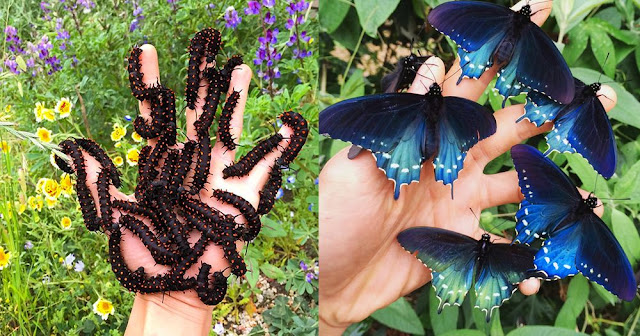"The greatest gift of the garden is the restoration of the five senses."
~Hanna Rion
~Hanna Rion
The end of the Container Butterfly Garden draws nigh.
I began dismantling the garden with the expectation of a move from California to the Prescott Valley area in Arizona. The house here has been sold and another was bought in a little town called Dewey. We held a garage sale at which most of the butterfly plants with containers were sold. The new owners wished to keep some of the plants and containers to continue the butterfly garden, but it's only a mere shell of what it was.
The original plan was to visit Laguna Beach one more time with a trunk load of butterfly plants to give away, allowing me the opportunity to say goodbye and pay my respects to those who I've come to know, befriend, respect, and eventually hold deep affection for. The planning was impeccable; the timing sucked.
The date of escrow closing has been pushed up by a week, which has made it impossible to schedule enough time to visit.
The new house features a very small yard surrounded by the ubiquitous presence of gravel, just like almost every other residential home in the area. Arizona too, as with California, is plagued with the absence of dependable water sources. I am taking a few smaller butterfly plants with me, but the scope will not be as "grand" as the one in San Marcos was.
As a last bit of butterfly related info, below are two photos illustrating how to determine the gender of Monarch chrysalides:



Female

Male
Take care, and Happy Butterfly Gardening!
“Be a child again. Flirt. Giggle. Dip your cookies in your milk. Take a
nap. Say you're sorry if you hurt someone. Chase a butterfly. Be a child
again.”
~ Max Lucado 













